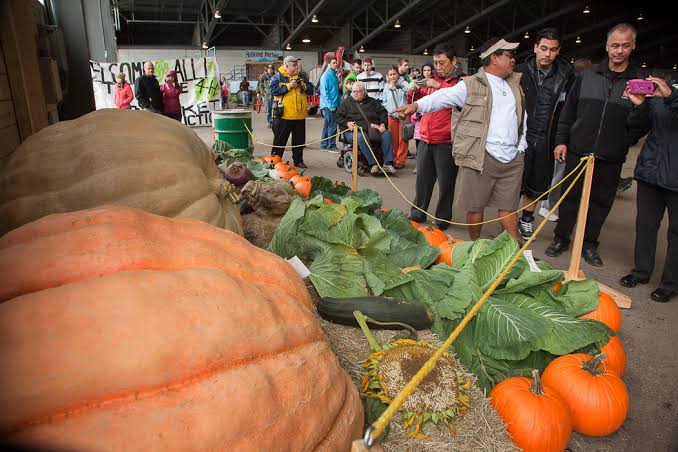According to Steven Brown, an Agricultural Agent at the University of Alaska Fairbanks, Alaskan growers benefit from long daylight hours during the summer, which can last up to 20 hours a day. This extended sunlight exposure allows plants to undergo more photosynthesis, resulting in increased plant growth and sweeter-tasting produce.
Alaskan carrots, for instance, have been known to taste exceptionally sweet, leading people to believe that sugar has been added to them. Scott Robb, a renowned grower who holds multiple world records for his produce, explains that while the climate plays a role, the right genetic material is crucial for achieving exceptional results.
He emphasizes the importance of science and technology in the process of growing giant vegetables.However, Alaskan growers face unique challenges, such as protecting their crops from wandering moose. Brown shares his experience of sleepless nights spent guarding his cabbage plants from these creatures before resorting to constructing an electrified fence to keep them at bay.
The determination to protect crops from pests and wildlife is an essential aspect of growing vegetables in Alaska.The Alaskan State Fair holds two rounds of crop competitions, specifically for pumpkins and cabbages. Winners of these contests have the honor of donating their grand prize-winning produce to the Alaskan Wildlife Conservation Center, promoting both agricultural achievement and wildlife conservation.


